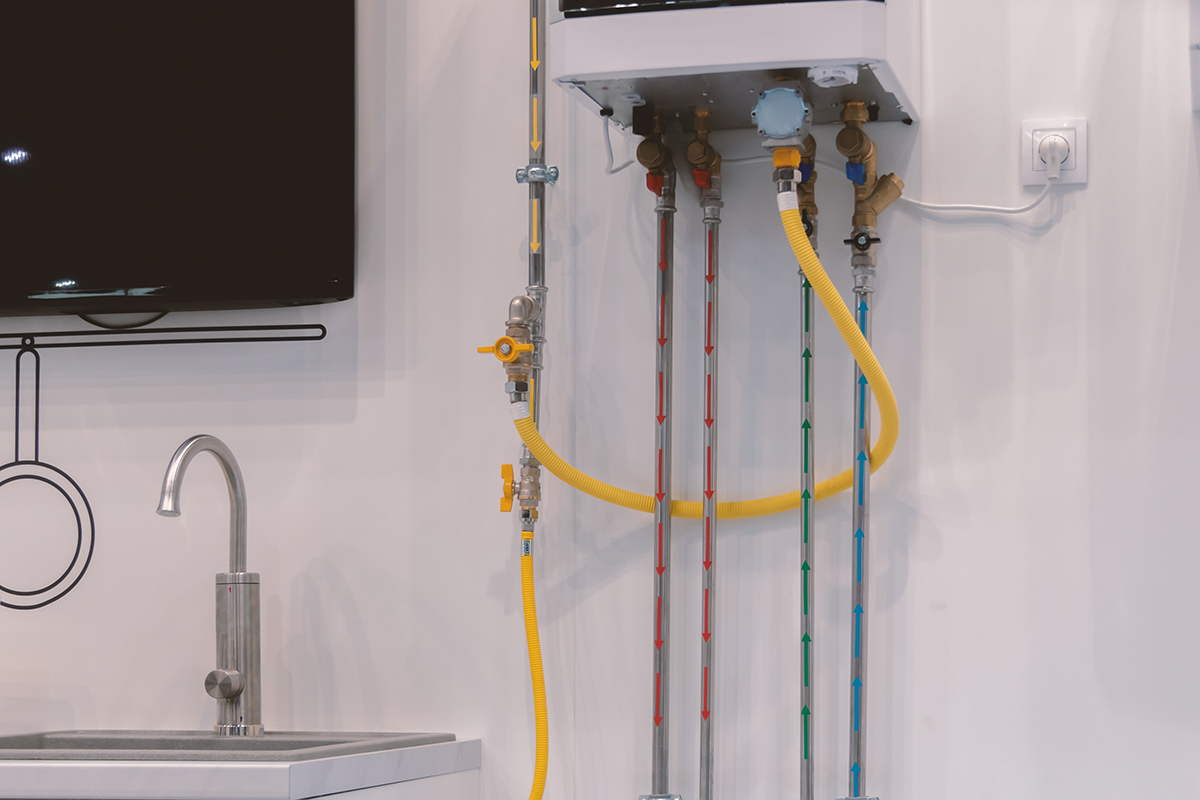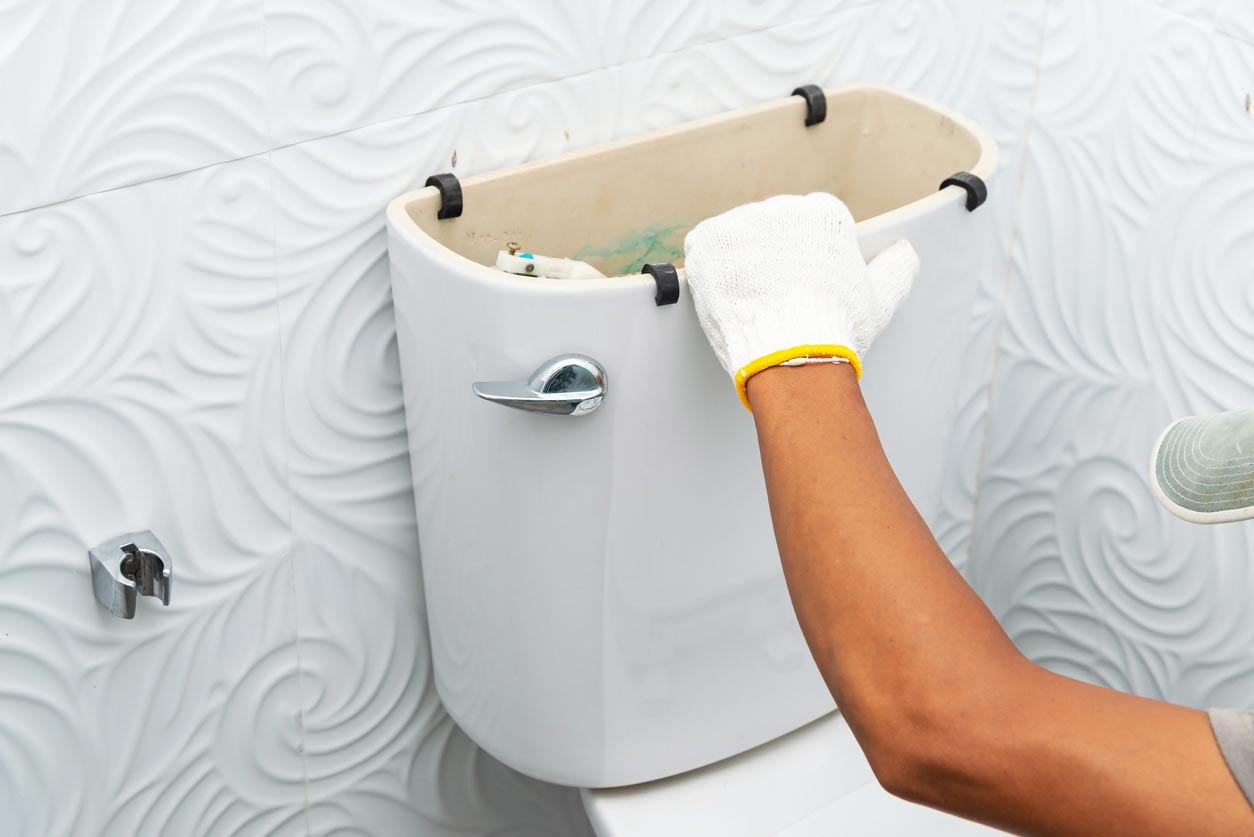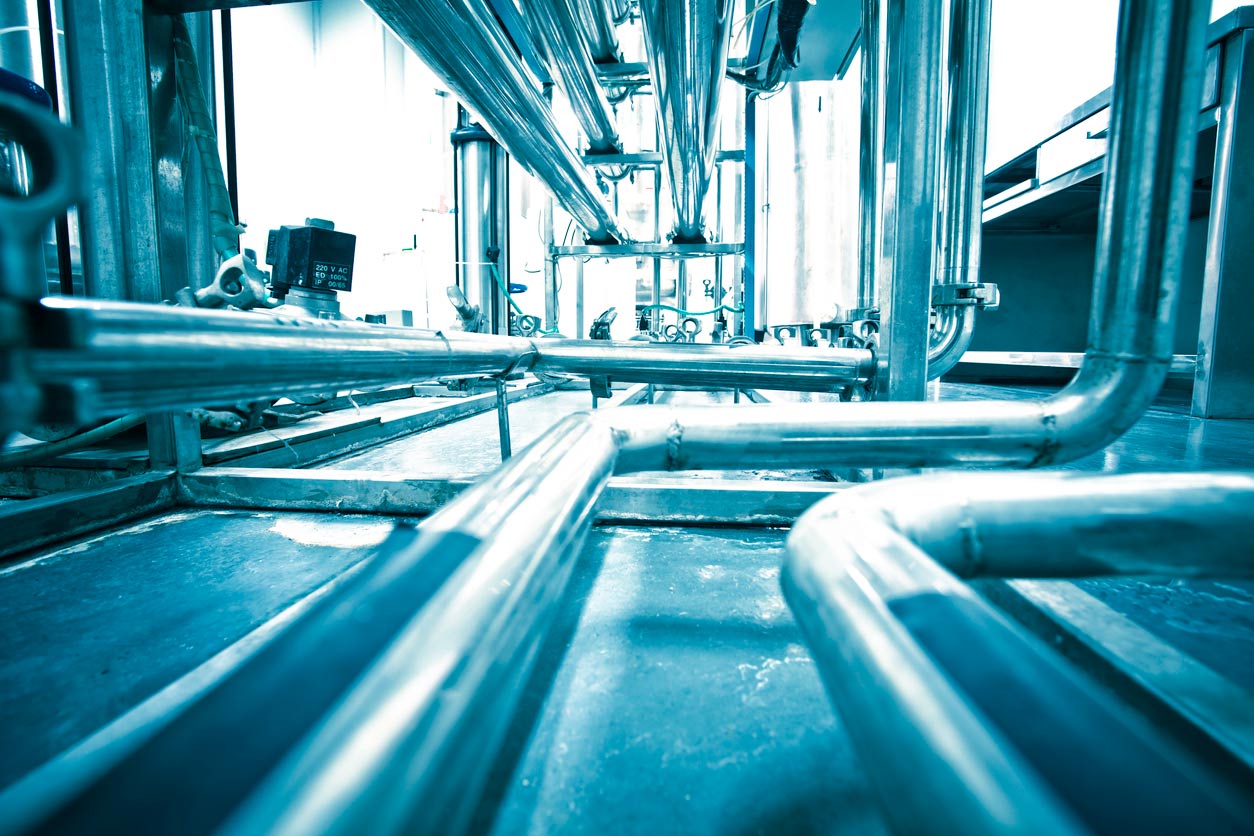The Manitowoc Public Utilities Cross Connection Control Program is designed to prevent backflow or backsiphonage of contaminated water into the drinking water supply. The MPU program has been around for many years, but has recently been updated in response to changes in State regulations in an effort to better protect potable (drinking) water systems from potential contamination. This program is run in accordance with the Wisconsin Department of Natural Resources (WDNR) and NR810.15 of the Wisconsin Administrative Code. MPU is required to report to the WDNR annually on the status of testing and inspecting cross connections at the businesses and homes that we serve.

A cross connection is defined as a connection or potential connection between any part of a water supply system and another environment containing substances in a manner that, under any circumstance, would allow the substances to enter the water supply system by means of back siphonage or back pressure. The City of Manitowoc has amended …

What is a Cross Connection? A cross-connection is an actual or potential connection between the safe drinking water (potable) supply and a source of contamination or pollution. State plumbing codes require approved backflow prevention methods to be installed at every point of potable water connection and use. Cross-Connections must be properly protected or eliminated. How …

